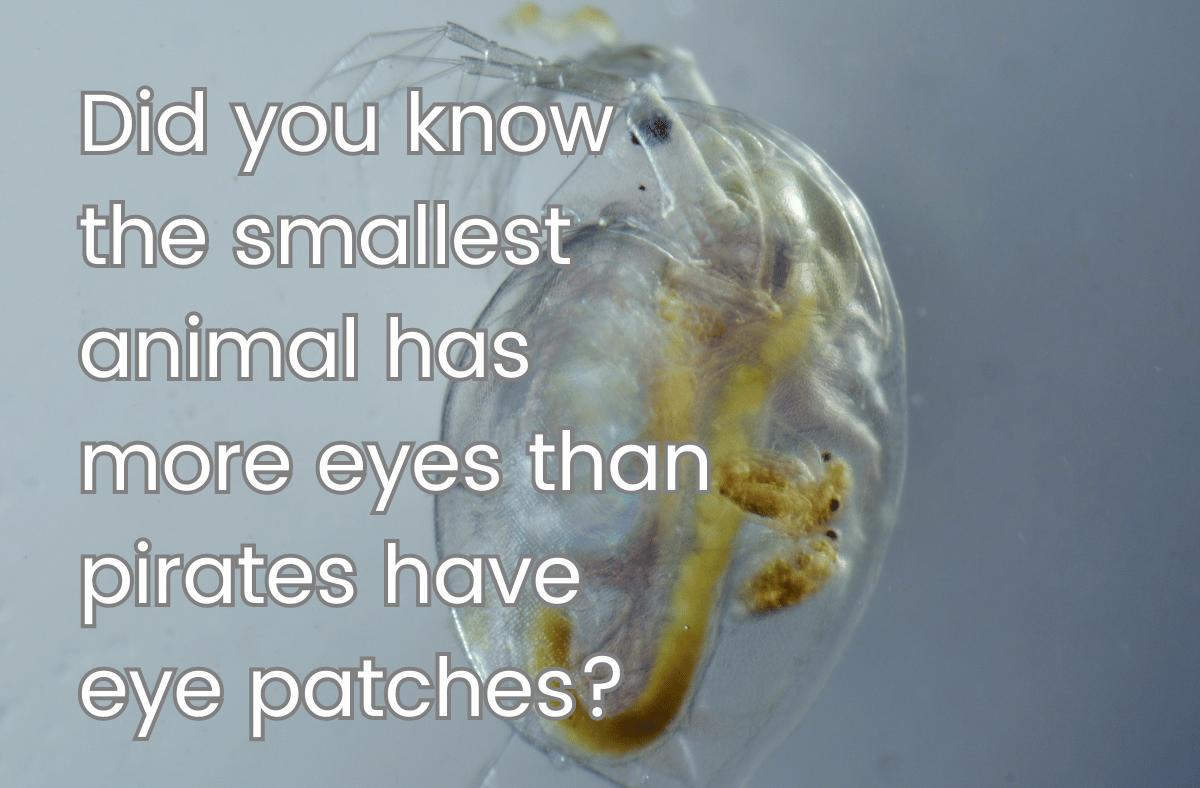Introduction to Bizarre Science Experiments
Science often leads us down unexpected paths. In the quest for knowledge, researchers conduct experiments that might seem downright bizarre to most of us. From growing human ears on mice to reanimating dog heads, the world of scientific experimentation is filled with surprises. In this article, we’ll take a journey into some of the most peculiar studies ever conducted. Get ready to be amazed, puzzled, and perhaps even a little shocked as we explore these truly unique scientific endeavors.
The Mouse with a Human Ear: A Strange Endeavor

The Mouse with a Human Ear experiment captured headlines around the world. In this strange endeavor, scientists grew a human-like ear on the back of a mouse. The idea was simple: create body parts for transplants using a host animal. At first, it might sound like something out of a science fiction novel, but it’s true. Researchers used a scaffold shaped like an ear and cells that would grow into cartilage. Over time, the mouse’s body nurtured the cells, and the ear took shape. This bizarre yet fascinating experiment shows how science pushes the boundaries, making what seems impossible, possible.
Human-Ape Communication: Teaching Primates Language

Human-Ape Communication has been a fascinating subject for scientists. Teaching primates language isn’t just a concept from science fiction. Researchers have spent years trying to communicate with apes like chimpanzees and gorillas using sign language. Some primates, like Koko the gorilla, have even learned hundreds of signs. This discovery has changed how we view our closest relatives in the animal kingdom. By understanding their thoughts and feelings, we bridge a gap that once seemed unbridgeable. It’s a glimpse into a world both strange and familiar. The research continues, sparking curiosity and challenging our perceptions of intelligence.
The Living Dead: Reanimating Dog Heads

In the 1940s, Soviet scientist Sergei S. Bryukhonenko conducted an astonishing experiment that continues to provoke both fascination and horror. He developed a machine called an “autojektor” to keep a dog’s severed head alive. This contraption pumped oxygenated blood and other essential fluids into the head.
The result was mind-boggling. The dog’s head reacted to stimuli such as light, sound, and touch. If offered food, the head even attempted to eat. Despite these reactions, it’s essential to understand that the head was not truly alive in a conscious sense.
These experiments were showcased in the documentary “Experiments in the Revival of Organisms.” The footage, while shocking, contributed significantly to medical science, leading to advancements in open-heart surgery and resuscitation techniques.
Still, Bryukhonenko’s work has been met with severe criticism and ethical concerns. The haunting images and the very idea of reanimating a severed head raise questions about the limits of scientific exploration. The debate continues to this day, reflecting the complex relationship between scientific progress and our moral compass.
Love Potions and Rat Perfumes: Unconventional Studies

In the realm of unconventional studies, the creation of love potions and rat perfumes stands out. Scientists once aimed to understand animal attraction by using scents and chemicals. By synthesizing particular odors, they managed to influence the mating behavior of rats. These experiments were not about magical potions but rather a quest to grasp the complex science of attraction. Surprisingly, these findings have led to insights into human relationships as well. If you’re curious about love and chemistry, this aspect of science might just intrigue you.
Virtual Reality for Chickens: The Ethical Experiment

Virtual Reality for Chickens sounds like a joke, but it’s a real experiment. Scientists wanted to explore ethical ways to raise poultry. Instead of cramped cages, chickens wore VR headsets showing open fields. The goal was to create a more humane environment for them. Researchers found the chickens acted more naturally. This experiment raises intriguing questions about animal treatment. Could virtual reality change how we farm animals? The concept might seem far-fetched, but it’s a serious step towards more ethical farming practices.
Mind Control: Manipulating Bull’s Behavior
Mind control isn’t just a subject for science fiction. In a fascinating experiment, scientists manipulated a bull’s behavior using implanted electrodes. By sending signals to the brain, they could steer the animal in any direction they chose. It sounds strange, but it’s true! This experiment wasn’t just a stunt. It opened doors to understanding how the brain controls movement. Imagine the possibilities for medical science and robotics. Yet, it also raises ethical questions. Where do we draw the line with controlling living beings? It’s a debate that this unique experiment has sparked.
Conclusion: The Boundaries of Scientific Exploration
In the world of science, curiosity often leads to the extraordinary. The experiments we’ve explored show just how far scientists have gone to uncover truths. Some may seem strange, while others raise ethical questions. But all of them push the boundaries of what we know. It’s a reminder that science doesn’t just follow rules; it also breaks new ground. As we question and explore, we continue to learn, grow, and expand our understanding of the world around us. These bizarre experiments remind us that innovation often begins where conventional thinking ends.






















